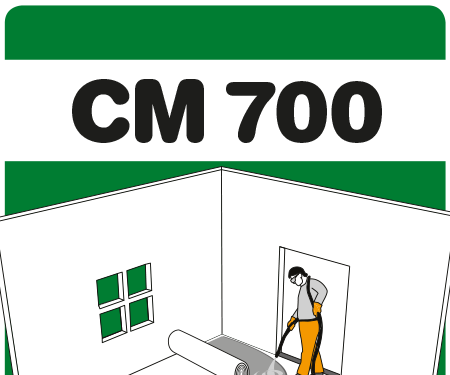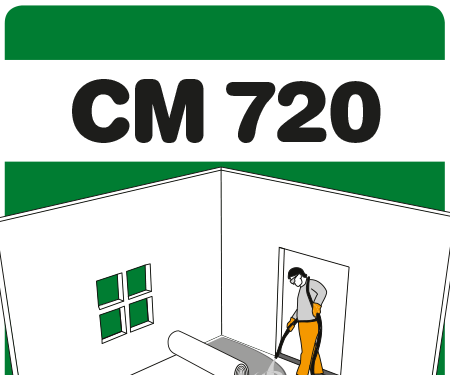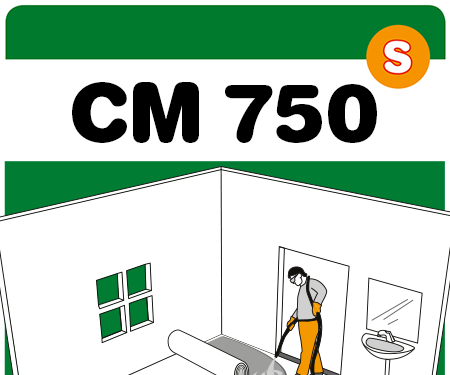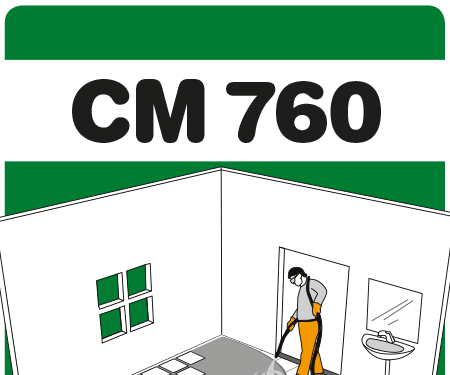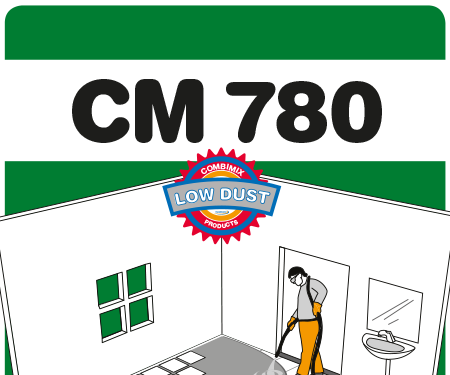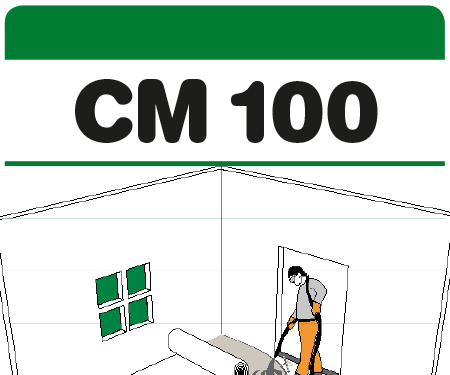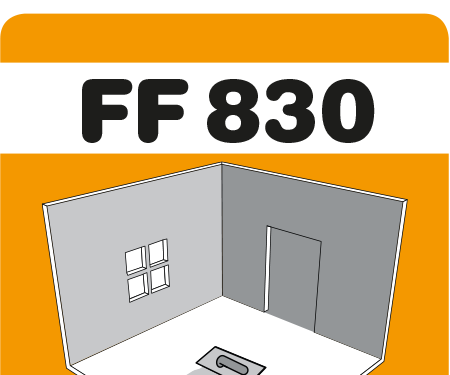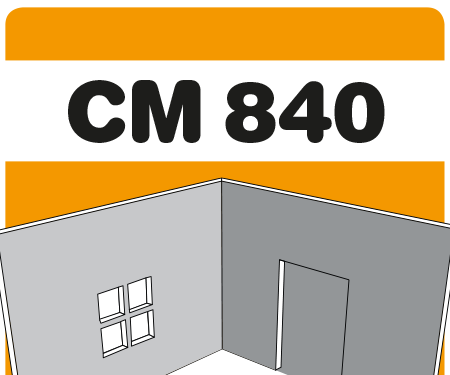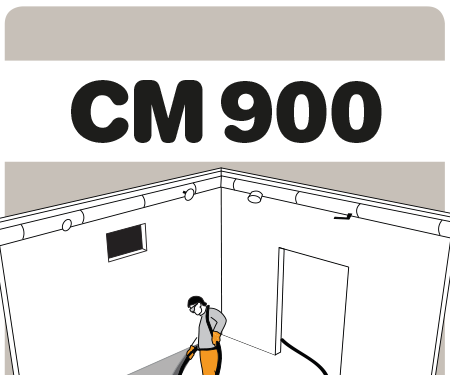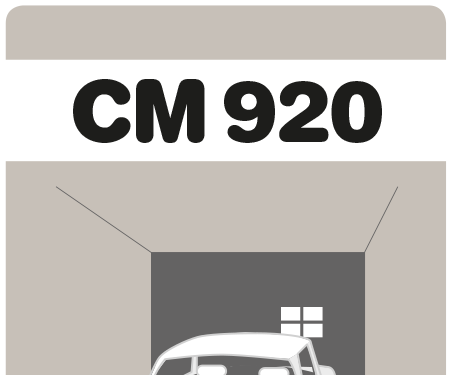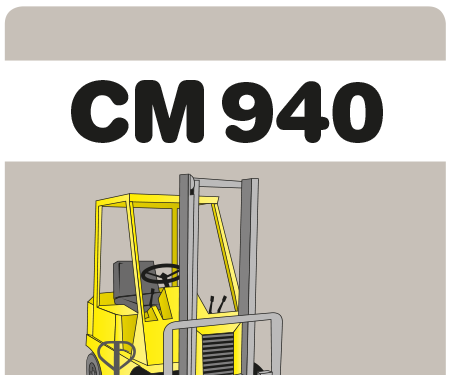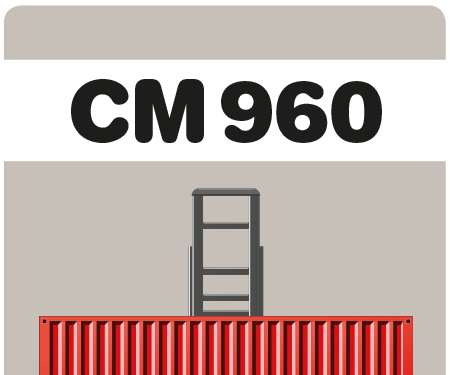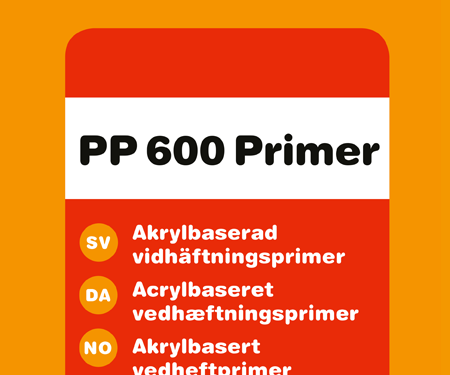Drying times for self-levelling compounds
Self-levelling compounds differ in several respects compared with ordinary cement mortar. For example, they contain additives that affect how they can be installed, how they interact with organic materials and their flow properties. Two other significant differences that are important to be aware of are their strength and drying times.
As with concrete and cement mortar, Combimix self-levelling compounds are mainly composed of aggregates (sand) and cementitious binders. Curing occurs through the addition of water. A self-levelling compound differs from ordinary cement mortar because it contains additives, which means that it can be applied in thin layers. The materials meet certain requirements, i.e. they are pumpable and have flow properties, and they also meet the demands made on their strength once the compound has cured. In the early curing stages, the additives have a certain water retention effect so that the cementitious binders will cure as completely as possible even on the surface coat. At a later stage in the curing process, the self-levelling compound has similar drying characteristics to concrete or cement mortar and water vapour permeability is also similar.
A self-levelling compound differs from ordinary cement mortar because it contains additives, which means that it can be applied in thin layers.
Another important difference in relation to conventional cement mortar is the cementitious binder. Combimix self-levelling compounds contain a mixture of cementitious binders, which cure faster than ordinary Portland cements and are less aggressive (low alkaline cement) to organic materials such as adhesives and carpets. This is of great importance when a carpet is bonded to the surface of a self-levelling compound. The risk of a floor adhesive becoming saponified, when the alkalinity of the cement is activated by the water in the floor adhesive, is practically eliminated.
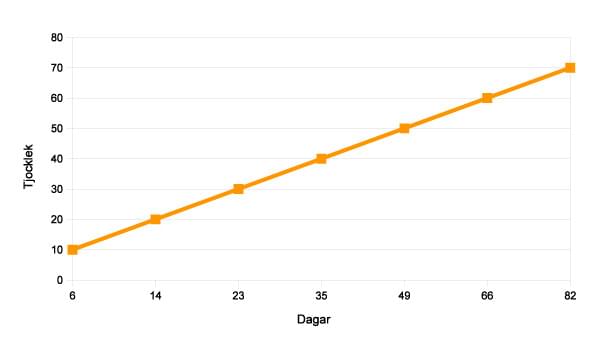
Drying times down to 85% at 23° C for normal-drying products.
A common use for self-levelling compounds is the levelling of concrete floor joists, both cast on site and prefabricated. When moisture dimensioning, which relates to the calculation of requisite drying times and drying climate for these structures, we must give primary consideration to the drying time of the concrete. Normally it is recommended that the self-levelling compound is installed at a late stage when the concrete has reached the required moisture level. When the thickness of the self-levelling compound is less than 10 mm, its influence on the structural drying time is marginal.
Combimix offers the market two types of self-levelling compounds. One type is a so-called normal-drying product. These are intended to be air dried until they reach the relevant moisture level used for concrete floor joists before a carpet is fitted.
Combimix offers the market two types of self-levelling compounds, normal-drying for early carpet application.
The other type is an self-curing compound which is used when a carpet is fitted early. This is when the building process has a short construction period, for example when renovating a bathroom. For all products, any moisture from the substrate must be taken into account. When checking moisture content in normal-drying compounds, the GBR method is recommended in the flooring industry.
Normal-drying compounds
For normal-drying self-levelling compounds, a general rule for estimating the drying time is one day per mm of thickness. This rule of thumb can be used with reasonable accuracy if the following conditions are met:
-
Thickness < 30 mm
-
Temperature approx. 20° C
-
Relative humidity, approx. 40%
-
Good air exchange in the premises
It is important to know that the drying time is extended considerably if the temperature in the premises is low and that drying will cease if the area is sealed off so that there is no exchange of air in the premises. In case of abnormal conditions these values must be revised. Feel free to consult our staff at Combimix.
Self-levelling compounds for early carpet application
Compounds used for early carpet application contain more moisture-binding cementitious binders than normal-drying compounds. They can be compared to some extent to self-drying concrete, where most of the water that is mixed in with the compound is taken care of by the cement. Because a low alkaline binder is used, the self-drying process does not have to be as long as for self-drying concrete. Compounds used for early carpet applications can be used when there is still moisture remaining in the compound. If a measurement of the moisture content in this type of compound is carried out, it will show a high value. There is therefore no point in performing a check of the moisture content in the compound intended for early carpet application. The compounds can be covered when the material has dried out sufficiently so that the adhesive can form a strong bond and the material has achieved sufficient strength that rehydration of the water in the flooring adhesive is possible. (The technical function of self-levelling compounds for early carpet application is checked at the same time as the sample is taken prior to the quality certification (P-marking) of the compounds).
The specified time for carpet fitting for each product presupposes:
-
Prescribed addition of water when mixing the compound.
-
Temperature approx. 20 ° C
-
Relative humidity, approx. 40%
-
Good air exchange in the premises
In case of abnormal conditions these values must be revised. Feel free to consult our staff at Combimix.
Other links
-
navigate_next
Industrial design feeling
-
navigate_next
Generation change in the company

